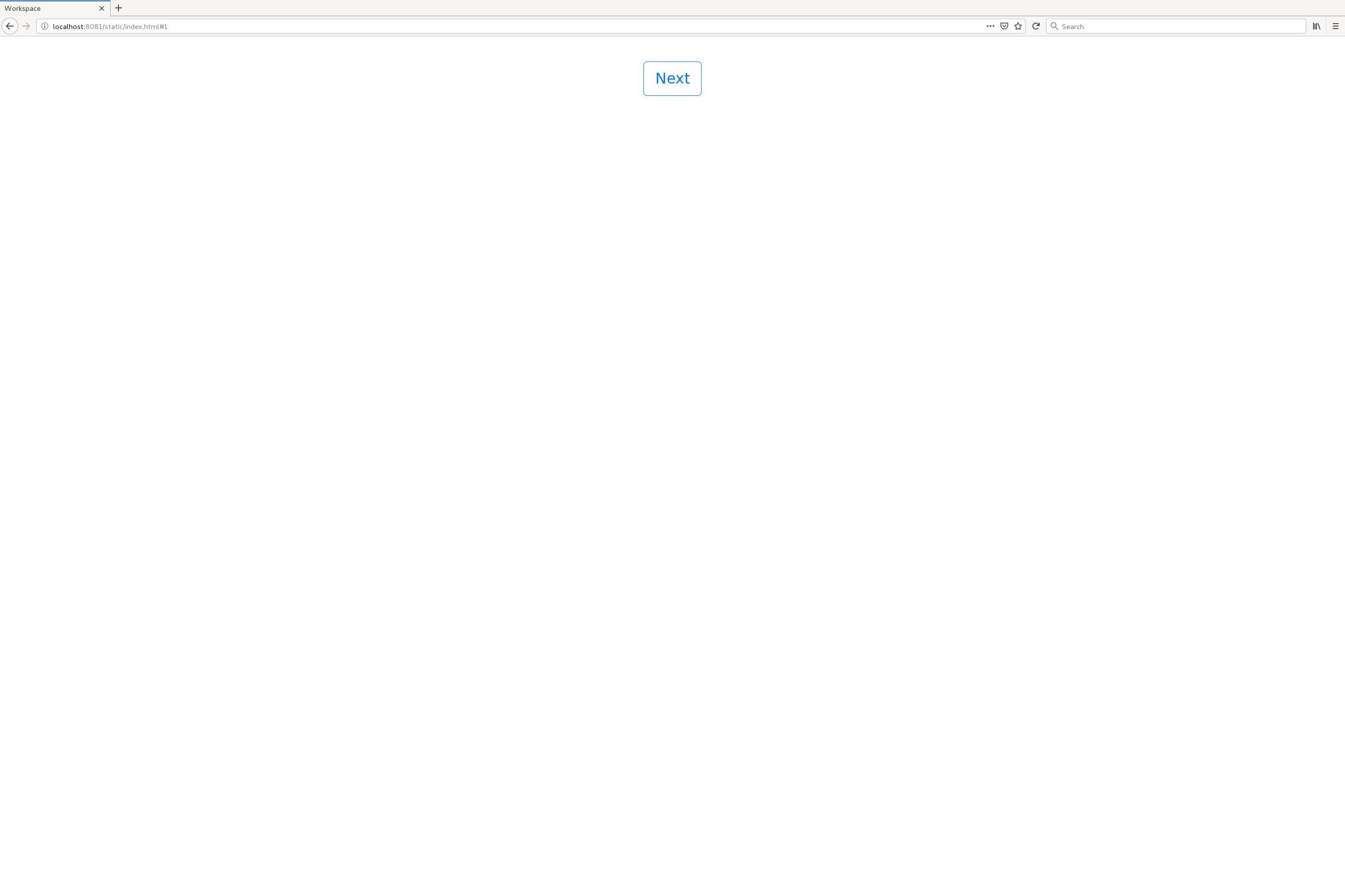Alpha. Likely to change dramatically.
Install stack, and then stack build should be all
that's required to build the code. stack run or stack exec affable will then run the executable.
There's a pre-built copy of the Javascript files for the front-end, but if you want to modify the front-end, you can build it via the following.
Run npm install to install the dependencies.
Run rollup -c to create the new bundle.js.
Use stack run -- --help to list the usage. Typically, stack run start or stack run serve will be a good place to start.
Once you've completed (whether by answering the top-level question, or using Ctrl-D/Ctrl-Z/Ctrl-C to terminate early),
you can export the code via stack run -- export foo.db 1 > t.hs. 1 should be replaced by the ID of the session you
want to export which will likely be 1 if you started with an empty database.
t.hs is now a self-contained Haskell program which is can be compiled and executed, e.g. via runhaskell t.hs.
These are the commands that are accepted in the interactive mode:
ask <message>- This schedules a new question to be asked.view <pointer>- This expands a pointer revealing what it points at.reply <message>- This answers the current question.wait- This waits for the answers to unanswered questions.exit- Exits the program.
Tab completion should work for these commands except for exit.
A pointer looks like $n where n is a number, e.g. $37.
A message is an arbitrary string that may contain pointers except that it must have balanced square brackets, [, ]. A
square bracketed part of the string becomes a sub-message that will be hidden behind a pointer. Sub-messages may be labeled and
can then be referred to elsewhere including cyclicly. For example, foo [$1: cons [x] $1] $1. The space after the : is required.
When you ask a question like What is $1 minus $1? the question that will be presented is the more general question, What is $1 minus $2?
Here is an animation illustrating the command-line interface in action:

Here is an animation illustrating the web interface in action:

See the scripts in https://github.com/oughtinc/affable/tree/master/tests/scripts for more example input sequences.
Topics to explore:
-
Framework that allows automation based on actions or whatever is appropriate.
-
Framework that allows continuous distillation
-
Probably support reflection a la the Taxonomy
-
Intercession on scheduling
- Ideally some support for automation/distillation of scheduling.
-
Internal dialog via message passing
- Persistent processes
- Or, auto-replicating processes
- Only access to the causally "latest" (from the current process' perspective) node
- or acess to earlier "versions" as well
-
Or, editing versus internal dialog
- How to handle staleness?
- Should editing be non-local? If no, what does that mean exactly?
-
Intercession on other aspects? (Rendering, Distillation, Automation)